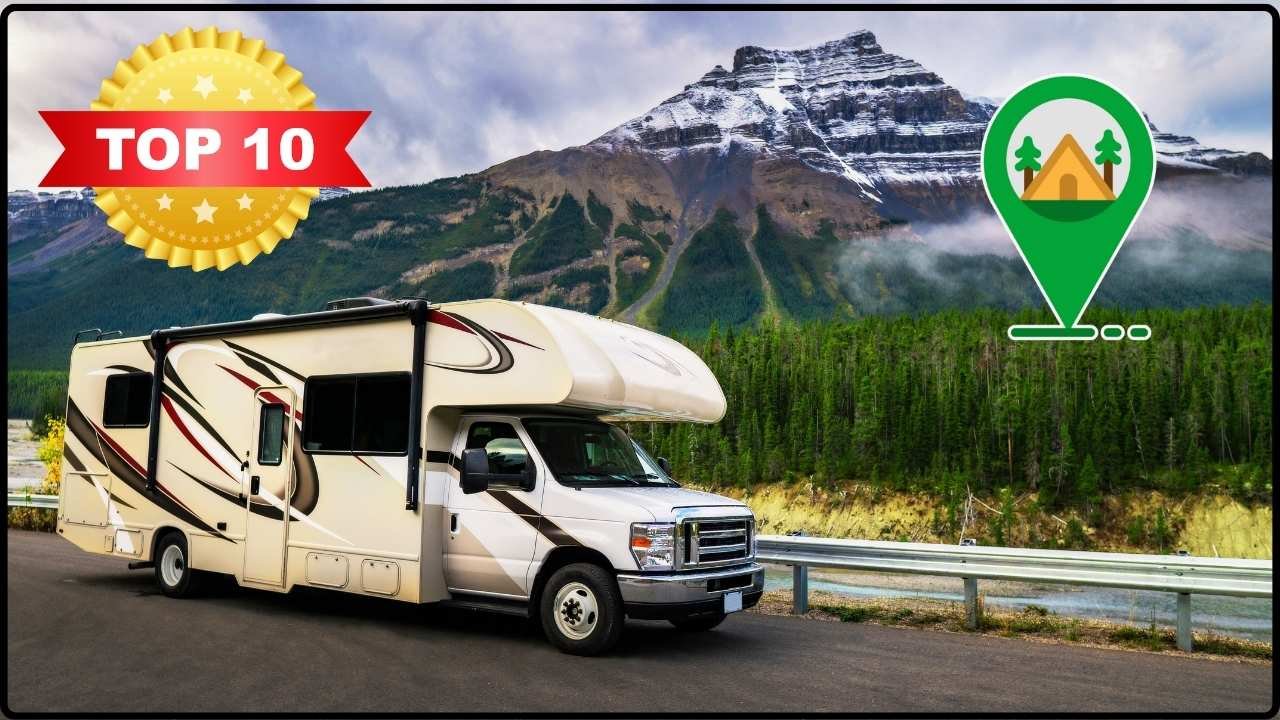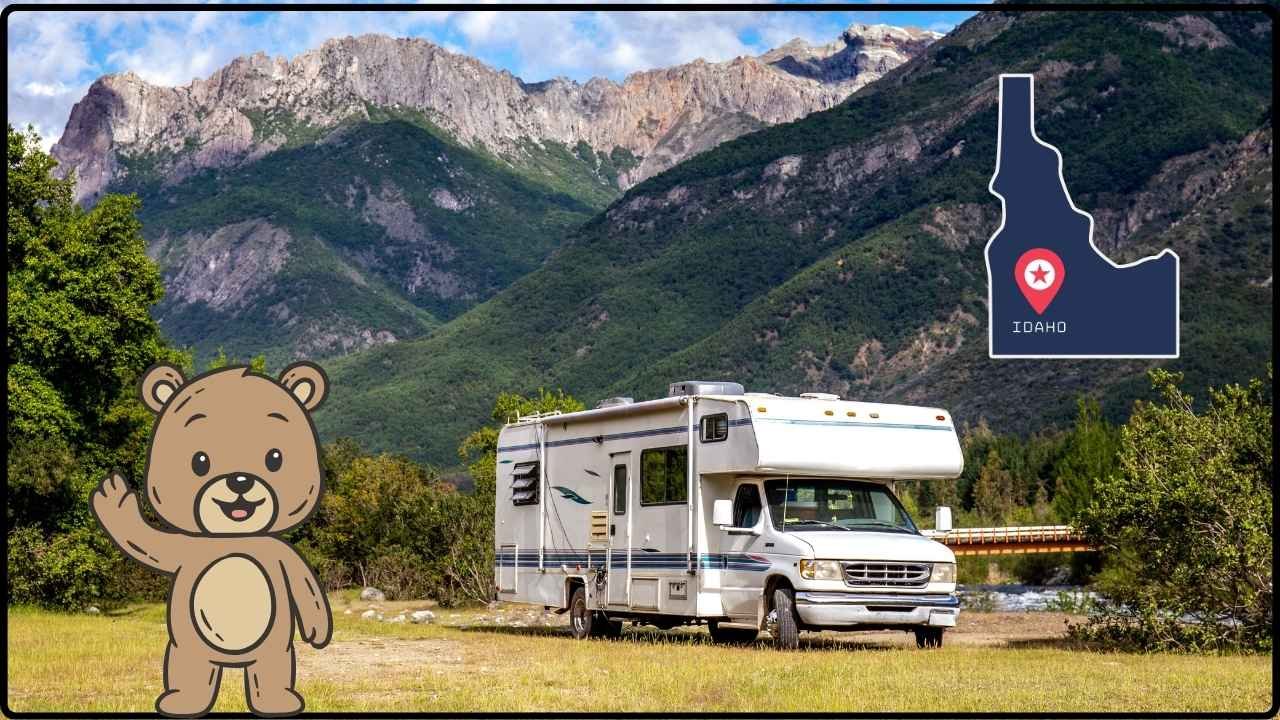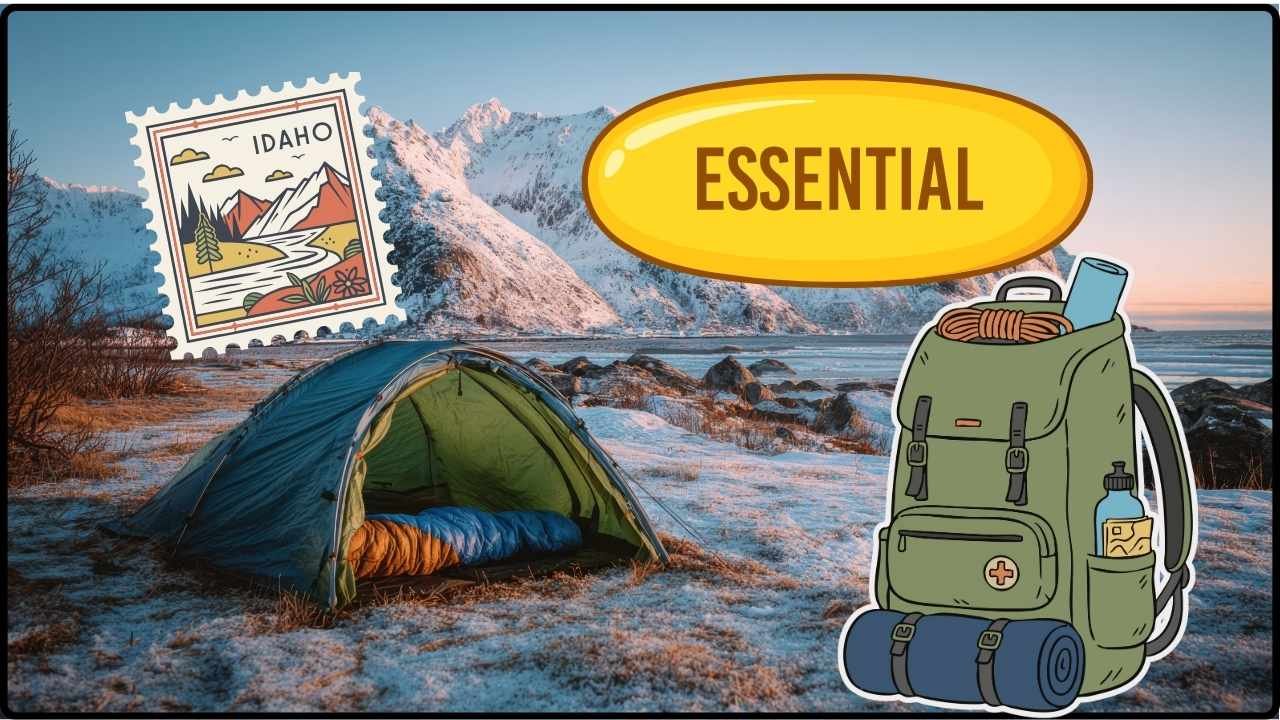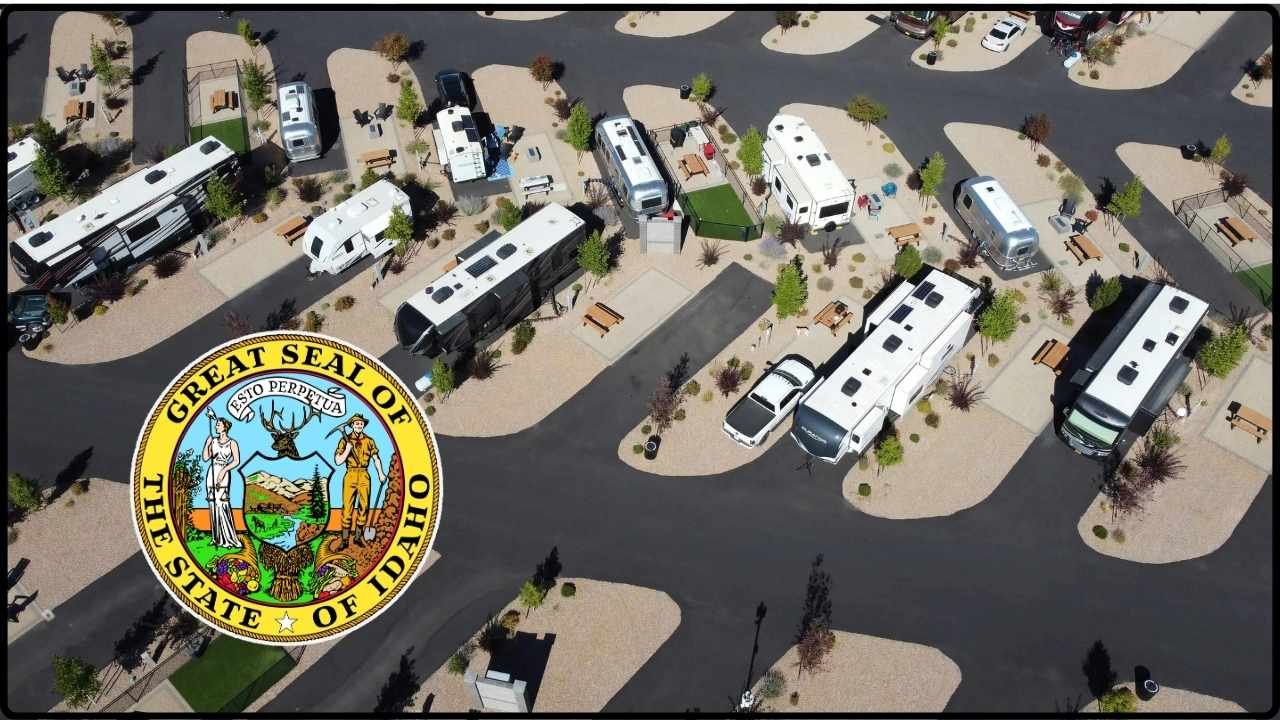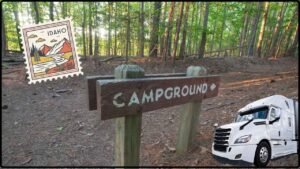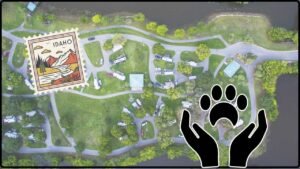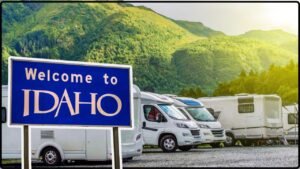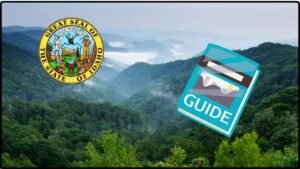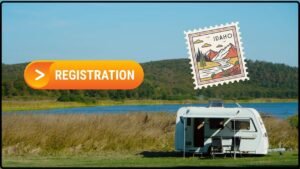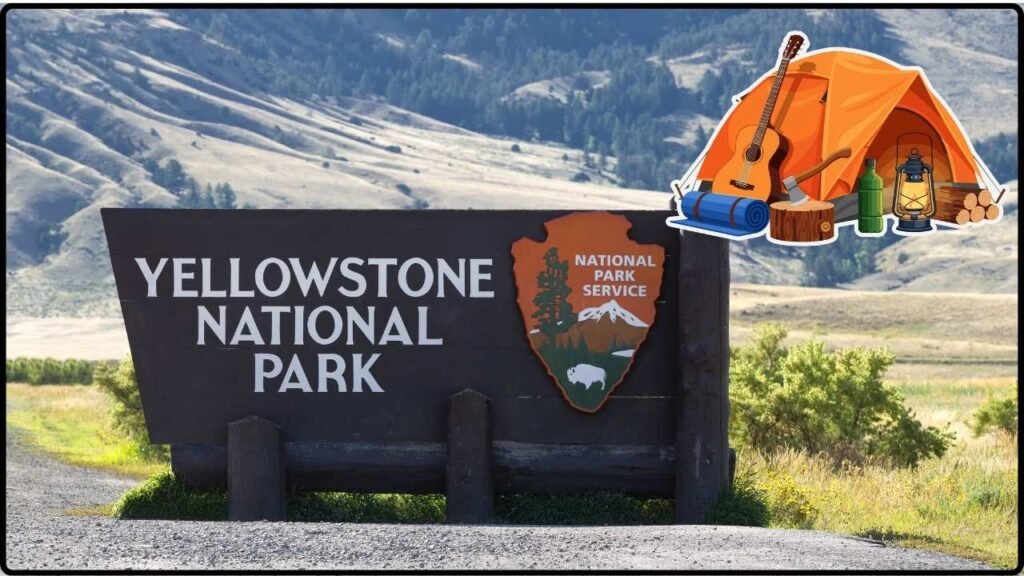
Boondocking Near Yellowstone: Boondocking near Yellowstone is a fantastic way to dive into some of America’s wildest, most beautiful landscapes without spending big on campgrounds. Island Park, Idaho, right on the western edge of Yellowstone National Park, is a top spot for free dispersed camping on public lands. Whether you’re rolling in with an RV, living the van life, or pitching a tent, this detailed guide covers all you need to know for a safe, fun, and respectful boondocking experience in Island Park.
Boondocking Near Yellowstone
Boondocking near Yellowstone in Island Park, Idaho, is a gateway to experiencing the wild American West without the expense or hassle of traditional camping. The area’s many dispersed sites—from Forest Road 20051 to scenic Red Rock Pass—offer free, legal, and breathtaking wilderness camping. By planning carefully, respecting forest regulations, practicing wildlife safety, and following Leave No Trace ethics, your off-the-grid adventure can be a memorable, safe, and impactful escape. Reconnect with nature, enjoy star-lit nights, and wake to the calls of elk and songbirds in one of the country’s most stunning natural playgrounds.
| Aspect | Details |
|---|---|
| Location | Island Park, Idaho: West entrance to Yellowstone |
| Type of Camping | Boondocking/Dispersed Camping (Free, no hookups) |
| Length of Stay | Max. 14 days per site in any 30-day period |
| Amenities | None (no water, toilets, or power) |
| Popular Spots | Forest Road 20051, Targhee Creek Trailhead, Red Rock Pass, Bootjack |
| Fire Restrictions | Seasonal bans common—always check before lighting fires |
| Safety Tips | Carry water, secure food from bears, practice Leave No Trace, be aware of wildlife dangers |
| Best Season | Late spring to fall (May–October) |
| Regulations and Limits | 14 days max; camp 100 ft from water and 200 ft from roads; max 8 people per site |
What Is Boondocking?
Boondocking, sometimes called dispersed camping, means camping way off the beaten path without any hookups—no water, electricity, or sewer. It’s all about being self-sufficient and camping on public lands managed by the National Forest Service or BLM (Bureau of Land Management). Unlike developed campgrounds with fees and facilities, boondocking is free and lets you soak in the raw outdoors on your own terms.
This type of camping requires planning—you must bring your own water, manage waste, and practice Leave No Trace principles to keep the wilderness pristine. It’s perfect for adventurous folks who want to decompress, disconnect from city life, and experience nature untouched.
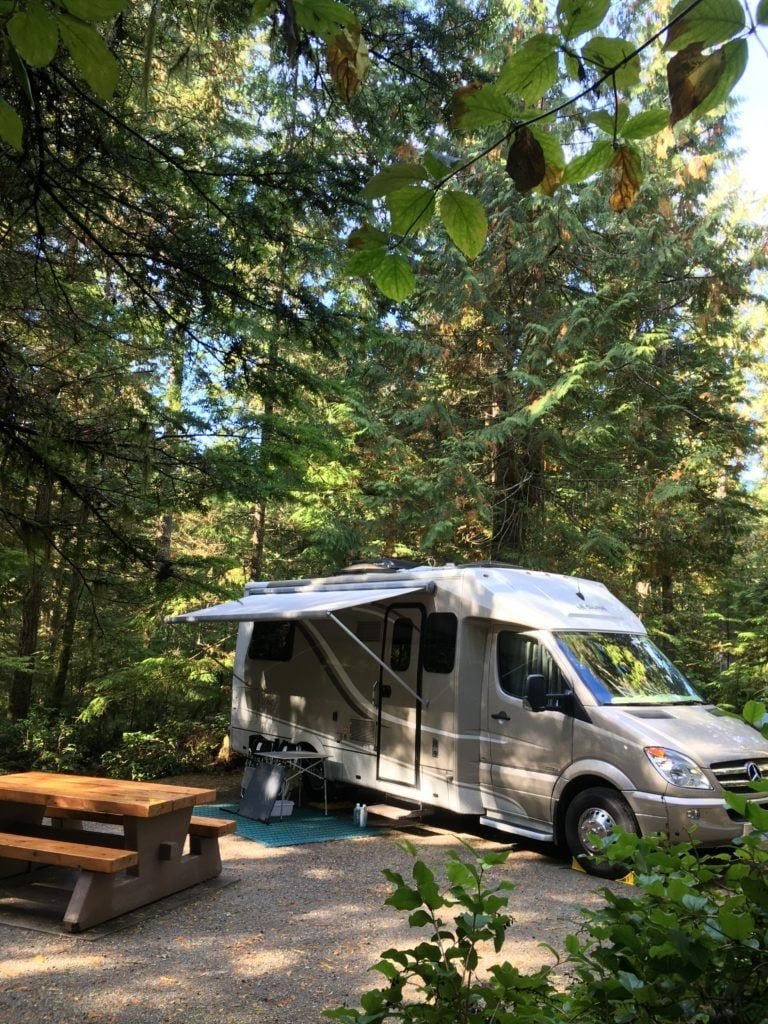
Why Island Park?
Island Park is a slice of heaven, wrapped around Yellowstone’s west entrance. This area offers sprawling forests, rivers, and wildlife-rich meadows for free camping without the crowds inside the park. The Caribou-Targhee National Forest and surrounding BLM lands provide ample boondocking spots with breathtaking backdrops of mountains and hot springs nearby.
Boondocking here lets you enjoy early morning elk calls, starry nights with zero light pollution, and quick access to spectacular Yellowstone attractions—all while saving money on accommodation. Crucially, Island Park’s public lands allow campers to stay for up to 14 days per campsite within a 30-day period without needing permits, making it a camper’s paradise.
Top Free Boondocking Spots Near Yellowstone in Island Park
Forest Road 20051 (Henrys Lake Area)
One of the most renowned boondocking spots, Forest Road 20051 lies inside the Caribou-Targhee National Forest. This forest road features numerous dispersed campsites along old logging trails and pull-offs, surrounded by dense pine and fir trees. It’s great for all camping styles, whether you’re in an RV, van, or tent.
Henrys Lake, well-known for its trout fishing, is nearby and adds bonus outdoor activities to your camping trip. The secluded nature of this spot offers a true wilderness feel with morning wildlife like deer and elk wandering close by. Clearly, no amenities exist here, so travelers must carry in water and pack out all waste to protect this pristine environment.
Targhee Creek Trailhead
Targhee Creek Trailhead is a favorite among hikers and backpackers. Campers can find rustic dispersed camping spots ideal for smaller rigs and tents. Its location provides prime access to hiking trails that weave through serene forests and meadows, making it an excellent basecamp for Yellowstone exploration. The trailhead sees fewer campers than nearby campgrounds, offering solitude.
Red Rock Pass Area
A more established but still free camping option, Red Rock Pass offers several dispersed sites with some basic amenities like fire rings, picnic tables, and vault toilets. It’s a great spot for families and anglers interested in nearby lakes and streams. It’s also popular for water sports on Island Park Reservoir.
The Red Rock area can handle larger groups than most dispersed camping spots but still requires campers to adhere strictly to fire restrictions and waste removal regulations.
Fish Creek Road
Fish Creek Road is a dispersed camping area suitable for RV and van campers given its road accessibility. Due to some occasional road noise near the main highway, it might not be ideal for tent camping but offers convenience for travelers prioritizing easy vehicle access while still enjoying proximity to nature.
Bootjack Dispersed Camping
Bootjack is the spot for campers seeking peace and quiet amid rugged wilderness. This area boasts solitude with fewer visitors and some cell phone coverage, which can be a blessing. It is an ideal choice for those who prioritize wildlife viewing and privacy but comes with no amenities, meaning complete self-reliance is necessary.
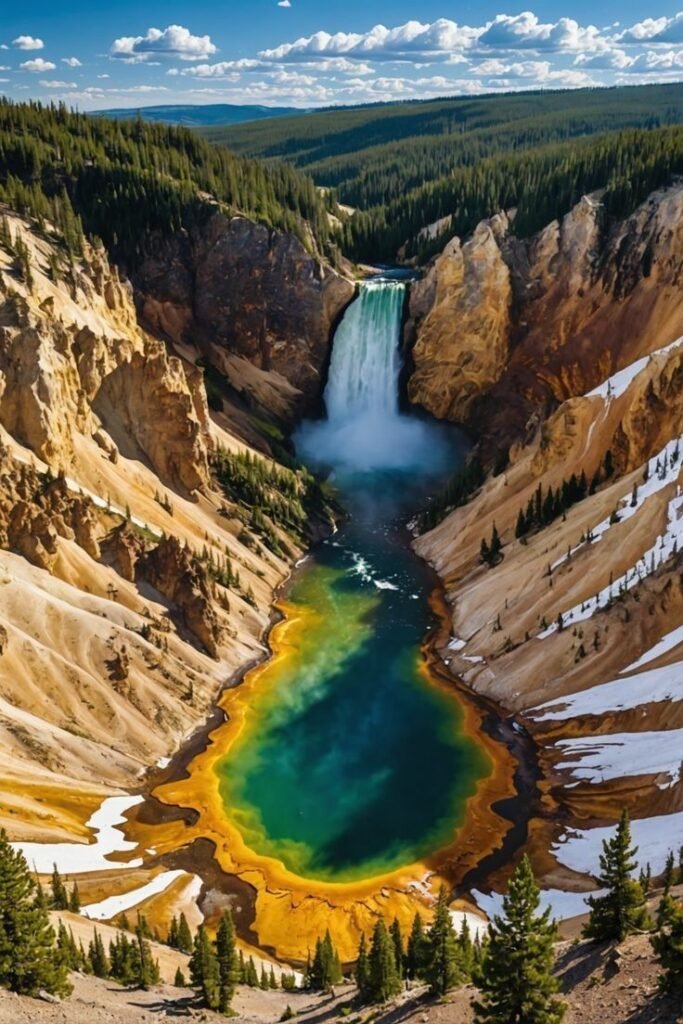
Planning Your Boondocking Near Yellowstone: Step-by-Step
Step 1: Research and Choose Your Spot
Use USDA Forest Service online maps, free camping apps like FreeCampsites.net, and boondocking guides to locate legal dispersed camping areas. Make sure your chosen site is marked for camping or shows existing vehicle pull-outs.
Cross-reference with local Forest Service ranger districts for up-to-date info on road conditions, fire bans, and accessible campsites. Avoid areas marked off-limits or sensitive wilderness zones. Camp only in designated or previously used spots to avoid damaging sensitive ecosystems.
Step 2: Understand the Rules and Regulations
- Camp in one place no longer than 14 days within a 30-day window.
- Camp at least 100 feet away from streams, lakes, and water sources.
- Stay 200 feet minimum from main roads to reduce pollution and disturbance.
- Maximum of two vehicles per campsite.
- Campsites cannot host parties larger than eight people.
- Comply with posted fire restrictions by staying informed through official sources.
Breaking these rules can result in fines up to $5,000 or jail time, so always prioritize being informed and compliant.
Step 3: Pack All Essentials
Since boondocking involves living independently, prepare well:
- Carry at least 1 gallon of water per person per day for hydration, cooking, and hygiene.
- Bring a camp stove for cooking—fires may be banned during dry months.
- Pack food securely in bear-resistant containers or your vehicle’s trunk.
- Include extra clothing for the fluctuating mountain weather—mornings and evenings can be chilly.
- Carry a first aid kit, bug spray, sunscreen, and layered clothing.
- Bring trash bags and pack out all waste, including biodegradable items.
- A reliable map or GPS device is key; cell service can be limited.
Step 4: Safety in Bear Country
Island Park is bear territory. To stay safe:
- Store food, trash, and scented items in Bear-Resistant Food Containers or locked vehicles.
- Cook and eat away from your sleeping area.
- Make noise while hiking to avoid surprising wildlife.
- Carry bear spray and know how to use it.
- Camp in areas with other people when possible, and never feed or approach wildlife.
Step 5: Practice Leave No Trace
Respect the land by following these principles:
- Camp on established sites or tough surfaces to reduce soil erosion.
- Do not cut live vegetation or disturb wildlife.
- Pack out every shred of trash, leftover food, and litter.
- Limit campfire impact—use existing fire rings or portable stoves.
- Keep noise levels down to maintain the natural quiet.
When to Boondock in Island Park?
The optimal season runs from late May through October. Early spring often brings lingering snow, making roads muddy and tough to traverse, while winter snow locks down many forest roads.
Summer offers warm days and cool nights perfect for hiking and fishing but can draw more visitors, so arrive early for good sites. Be vigilant during wildfire season by checking for bans and alerts via local Forest Service updates.
Tech Tips for the Modern Boondocker
Connectivity is limited, so prepare with:
- Downloaded offline maps on smartphones or GPS.
- Apps from the USDA Forest Service or BLM for alerts on fire danger and road closures.
- Physical paper maps as backups.
- Satellite communicators or emergency beacons if going deep off-grid.
Boondocking in Idaho 101: The Ultimate Guide to Free Camping
RV Trip Planner: Exploring Craters of the Moon National Monument

